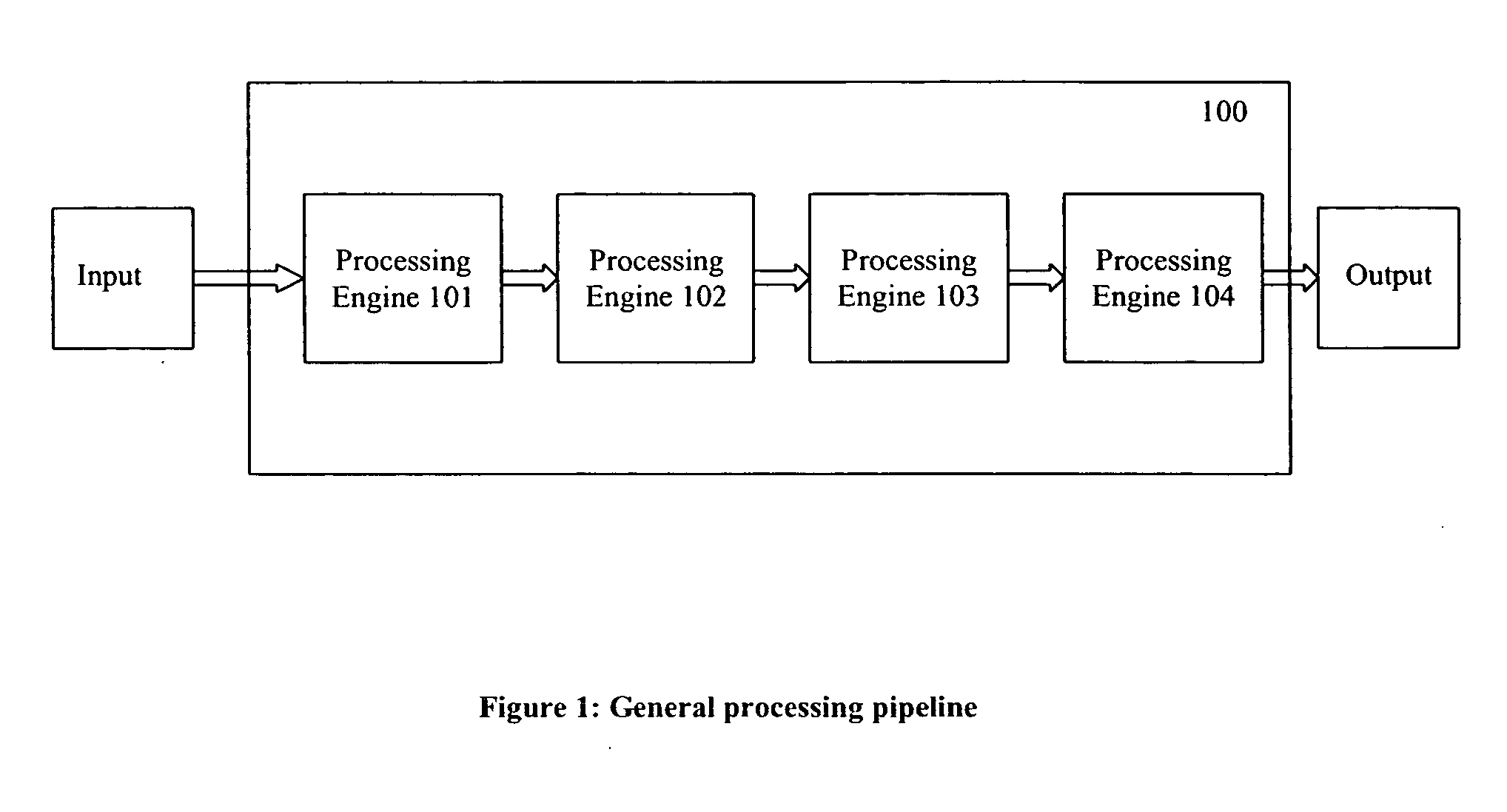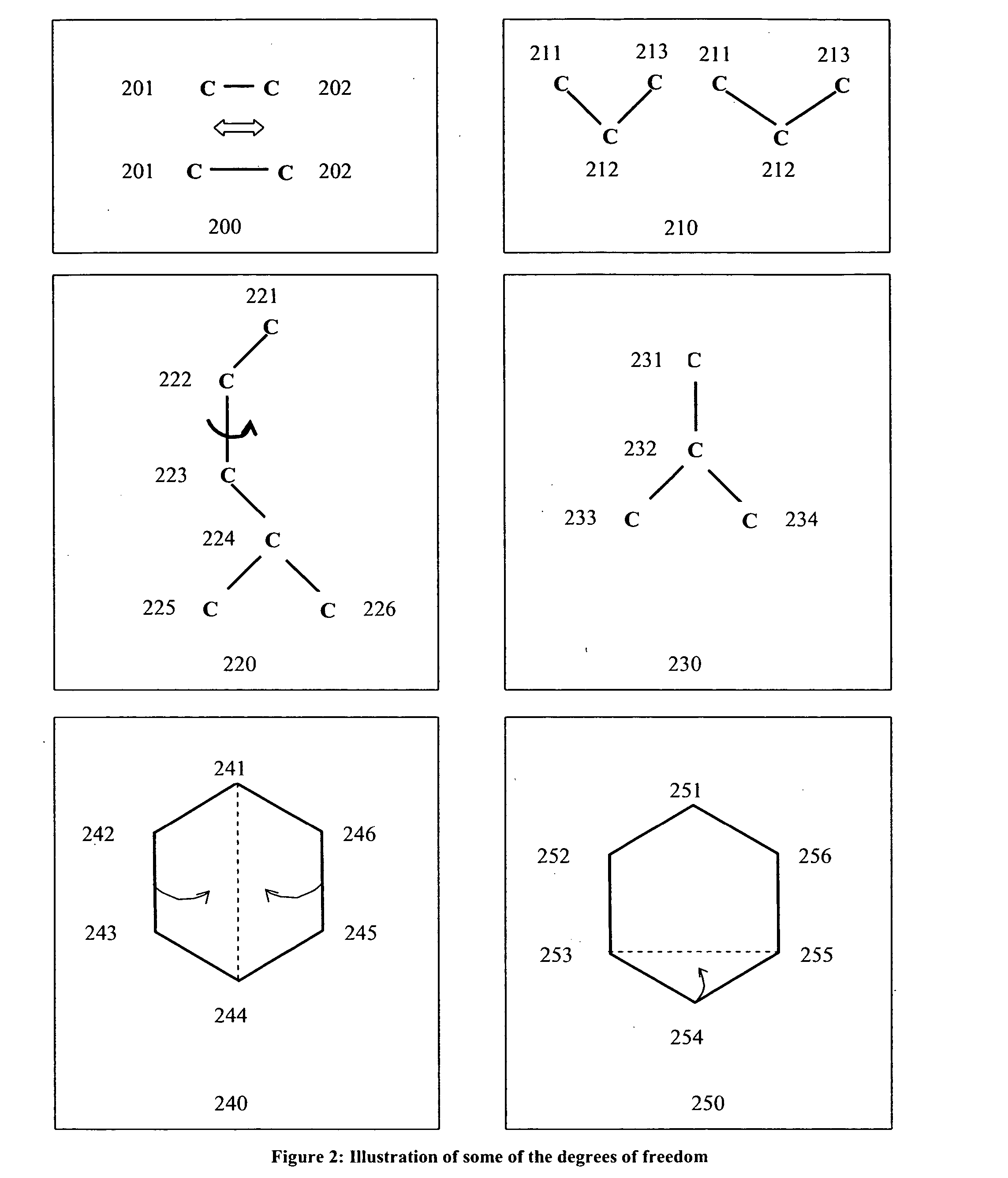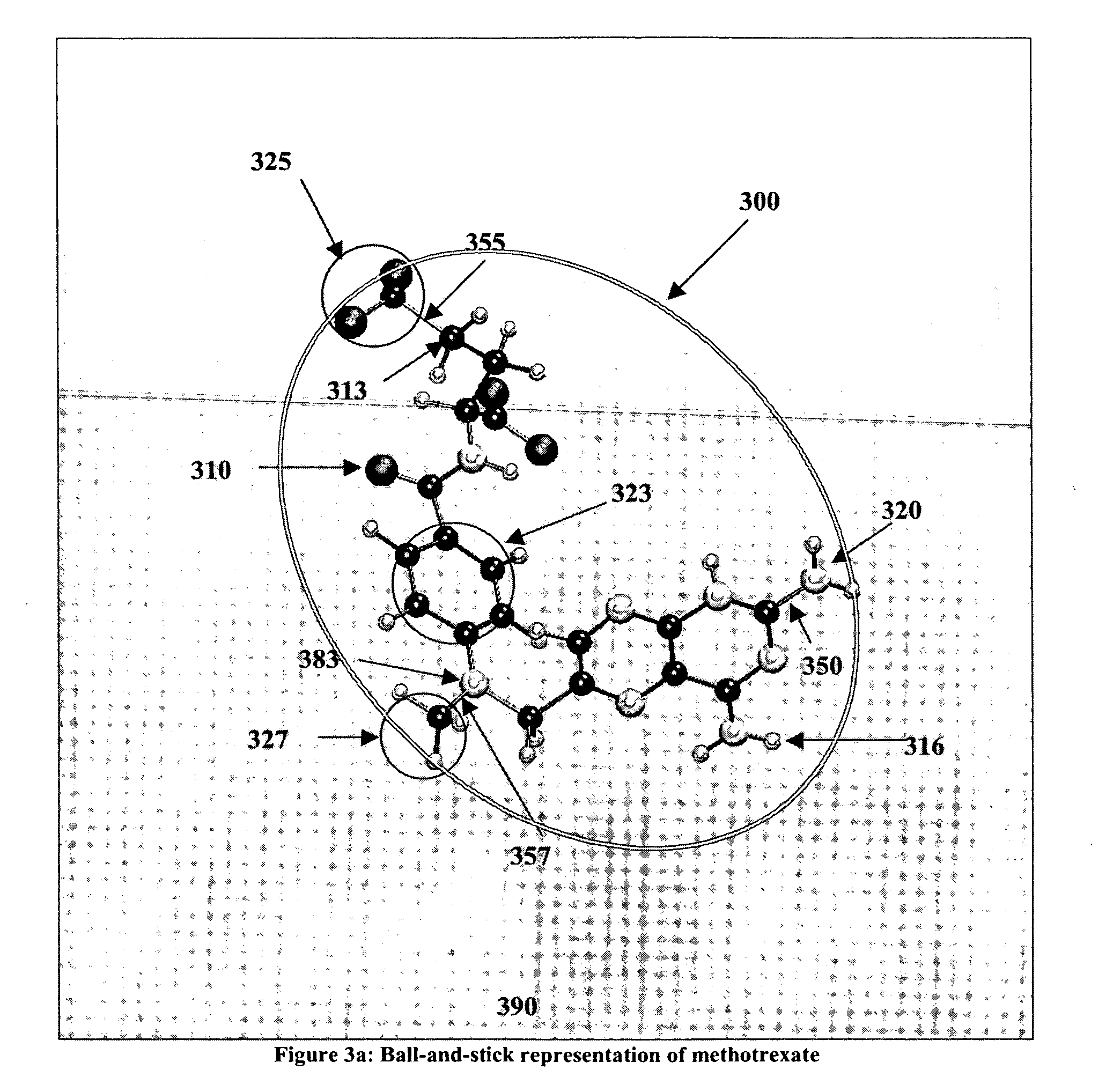Method and device for partitioning a molecule
a molecule and molecule technology, applied in the field of bioinformatics, proteomics, molecular modeling, computer-aided drug design (cadd) and computational modeling of molecular combinations, can solve the problems of difficult use of laboratory methods, difficult to synthesize ligands in sufficient quantities, and long process length, so as to facilitate faster and more efficient storage, transmission, and processing of molecular subsets.
- Summary
- Abstract
- Description
- Claims
- Application Information
AI Technical Summary
Benefits of technology
Problems solved by technology
Method used
Image
Examples
Embodiment Construction
[0153] The present invention has many applications, as will be apparent after reading this disclosure. In describing an embodiment of a computational system according to the present invention, only a few of the possible variations are described. Other applications and variations will be apparent to one of ordinary skill in the art, so the invention should not be construed as narrowly as the examples, but rather in accordance with the appended claims.
[0154] The present invention relates to partitioning a molecule for the purpose of storing, transmitting, and processing the molecule rapidly and efficiently by processing it in smaller parts, compared to processing the entire molecule without any partitioning. Embodiments of the invention will now be described, by way of example, not limitation. It is to be understood that the invention is of broad utility and may be used in many different contexts.
[0155] In the following description the term biopolymer refers to a macromolecule that ...
PUM
| Property | Measurement | Unit |
|---|---|---|
| length | aaaaa | aaaaa |
| bond angle | aaaaa | aaaaa |
| chirality | aaaaa | aaaaa |
Abstract
Description
Claims
Application Information
 Login to View More
Login to View More - R&D
- Intellectual Property
- Life Sciences
- Materials
- Tech Scout
- Unparalleled Data Quality
- Higher Quality Content
- 60% Fewer Hallucinations
Browse by: Latest US Patents, China's latest patents, Technical Efficacy Thesaurus, Application Domain, Technology Topic, Popular Technical Reports.
© 2025 PatSnap. All rights reserved.Legal|Privacy policy|Modern Slavery Act Transparency Statement|Sitemap|About US| Contact US: help@patsnap.com



